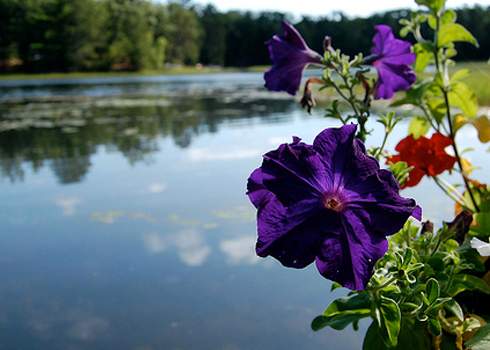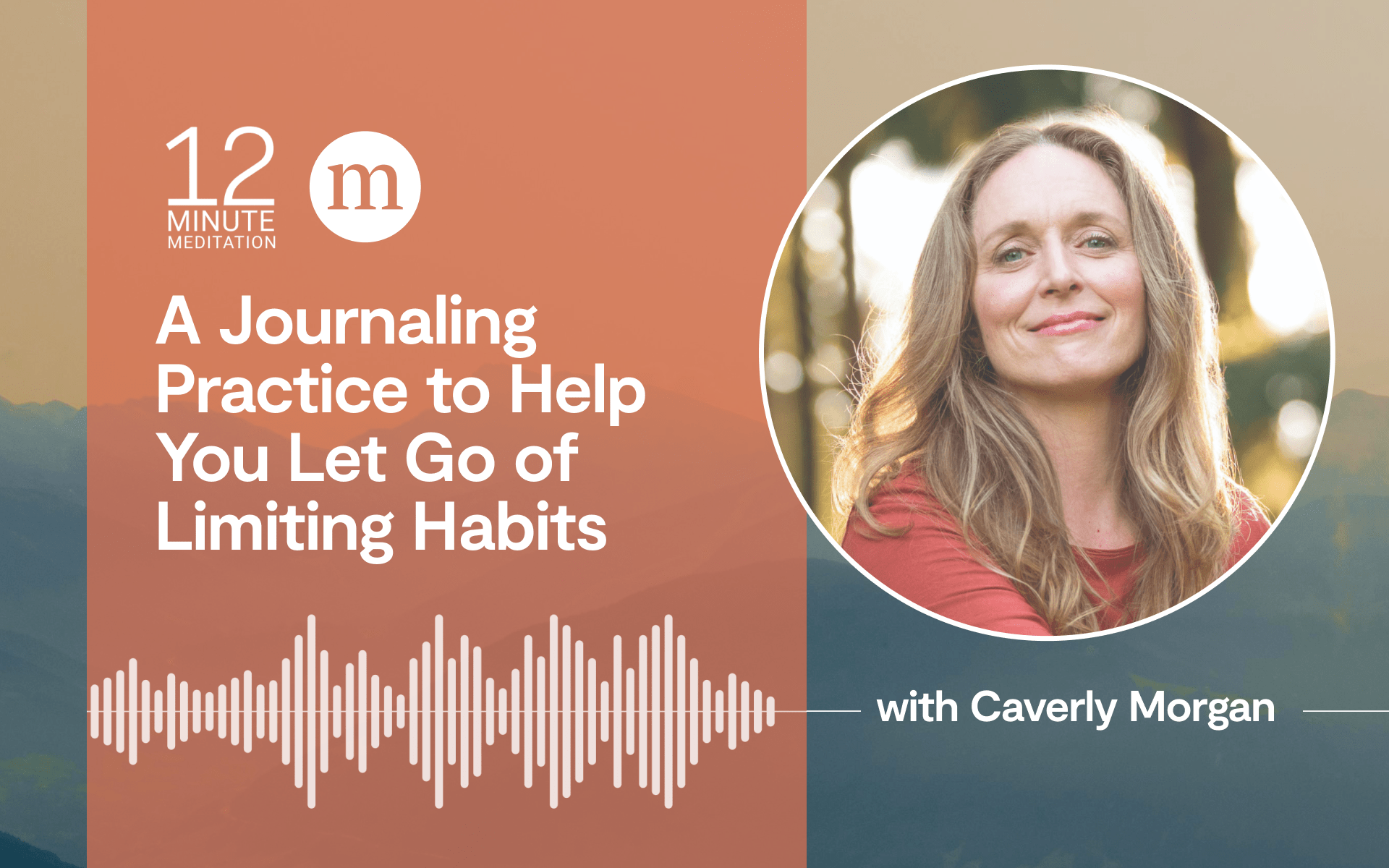My wife Mary and I live on the Manitowish River in northern Wisconsin, so we pay attention to its phenology—“the dates of arrivals and departures, the births, the flourishings, the decays and deaths of wild things, their successions, synchronicities, dependencies, reciprocities, and cycles—the lived life of the earth,” (Jack Turner, The Abstract Wild.) We paddle and play, botanize and bird, ski and snowshoe, exploring the river every way we can, every moment we can. And the longer we live here, the richer the river grows in our hearts and minds, a backyard mindfulness indeed.
We journalize our experiences, my wife weaves some of the river’s life into her artwork, and I use sightings of this and that as jumping-off points for my writing and naturalist work. We are truly fortunate—this is our work and our play.
We’ve chosen this path in part for the sheer joy of it, the pure pleasure, for how good the beauty makes us feel. That may sound selfish, but it’s like the pleasure one gets from being around old friends who make you laugh, who are fully themselves around you, and who grant you the space to be fully yourself. We’re connected to friends, as we are to the river, by a shared life. We sit on the bank of the river, and listen and converse, just as we sit on a couch (or in a canoe) with friends, and listen and converse.
We’d do just about anything to help out our friends, and we’d do the same for the river. That’s one of the definitions of love—you care deeply for someone or something, and you act upon that love. And as in most relationships, it is a life-long course, a slow accrual.
Love of a place comes from paying close attention over a long time. We typically advance from seeing a narrow charismatic swath of a place to seeing smaller and smaller things, which in turn widen our perspective. Using birds for example, we often begin by noticing eagles and loons, but soon start to notice kingfishers, then maybe kingbirds or cedar waxwings, and over time the sparrows and flycatchers.
The same goes for plants—most people start with white pines and graduate to the comparatively non-descript but equally interesting mosses or tiny wildflowers.
As our experience grows and we take more and more in, we expand our awareness of the diverse communities of life around us. In the process, we expand in equal measure our love of a place.
We gradually learn the names of things (“Give things the dignity of their names,” says Natalie Goldberg), which leads to recognizing their presence and behaviors. Where before there had only been a sensory blur, we experience clarity. Eventually we become acquainted with species in the natural world as one would with a friend, and we begin to feel a part of our larger natural community. No longer a visitor or tourist, we become a card-carrying member, someone who belongs within the natural world in this time and place.
This awareness of a whole natural community that one joins becomes our point of perception, and soon we’re no longer standing apart, but within. As a member, we seek the role of membership rather than dominance, wishing to interact with the least harm and the greatest joy.
This is how, I believe, most of us come to love a place. It’s a process of learning to see, of transforming disconnected images into a deeper vision so we are no longer lost in our own neighborhood. By making the landscape visible, then bringing it into focus, then bringing it to life, we then make it part of our life.
It’s fair to ask, however, if a study of phenology can do all that. Yes. And no.
There’s no perfect path for everyone. Physicist George Thomson’s says, “There is no answer. Seek it lovingly.” However, phenology offers a particularly good path to follow because it can be applied anywhere, anytime. The center of the world is always where we are right now. So, we don’t need to dream of the big trip to Glacier or Yellowstone or some other charasmatic site – all the world we need is right here. While hiking a charasmatic mountaintop helps knock the blinders off faster than looking at the robin on your lawn, major trips to astonishing landscapes can be a bit of an addiction. It’s a seeking of big highs, when most of our world is made of a vast assortment of little joys. “The invariable mark of wisdom is to see the miraculous in the common,” said Emerson.
Phenology is really just that—seeing the common, but always with a growing sense of appreciation, not boredom. Wendell Berry wrote, “The world cannot be discovered by a journey of miles, no matter how long, but only by a spiritual journey, a journey of one inch, very arduous and humbling, and joyful, by which we arrive at the ground at our feet, and learn to be at home.” Being mindful of the timing and unfolding of natural events thus evolves into a soulful perspective. Once we get beyond the initial attraction to a place and look deeper, we begin to see the soul of wherever we are—the lake, the woodlands, everything.
Studying phenology helps dissolve the perception that some species are worth saving more than others based solely on their beauty or usefulness. This broader reverence drives the endless passion needed to fight for obscure species like the Karner blue butterfly, Fassett’s locoweed, and the winged mapleleaf mussel.
Backyard observers call me regularly to talk about grackles and chipmunks and all manner of common critters and plants. They have built a relationship with these creatures, and have found, at a minimum, a deep curiosity for them, and, at a maximum, a reverence for them. These “citizen phenologists” are connected in a hundred small ways to their place and its inhabitants. Biologist E.O. Wilson wrote of wanting people to take “a Magellanic voyage around the trunk of a single tree.” Backyarders have the best chance to take such voyages as they observe the life around their home.
I have written a column called “A Northwoods Almanac” for a local paper over the last 21 years, and in it I relay many of the sightings people report to me. Alice in Woodruff saw a northern shrike; Bill in Springstead watched an eagle eat a loon chick; Jean in Boulder Junction had a pair of cardinals nesting in her yard (a big deal because cardinals are rare in the Northwoods). I’m the natural world’s bulletin board for this area of northcentral Wisconsin, akin to the function of the local laundromat’s bulletin board. The hope is that folks in Woodruff, upon hearing about the northern shrike, start looking out their window for this bird most of them have never heard of, and start talking about the fact it eats songbirds, and it comes down from Canada, and all the rest.
Sometimes I act as a confirmer of things. Someone calls and says, “I think I just saw a ___. Is that possible?” I can then share the known range of such an animal, if it migrates through our area, if now and again rarities are sighted, and so on. I’m like a hardware store clerk trying to find the right nut to fit the bolt, except I’m sorting through information in order to try to explain how something could have happened a particular way.
And sometimes people just need someone with whom they can share the wonder of it all: “Did you see the northern lights last night? My God they were beautiful.”
I’m convinced every local newspaper should have an almanac column where people can share their sightings, their questions, their excitements, their distresses, their hopes for the natural world.
I think phenology also helps people talk across their fences. I’m still envious of my father-in-law’s once youthful connection to the land where he was raised, and to his neighbors. Farming communities back in the 1920’s were deeply connected through the sharing of tools, labor, and information. Neighbors needed one another. Crops wouldn’t get in without help. If you got sick, your neighbor would milk the cows, and you’d milk their cows in a similar emergency. Not everyone could afford a thresher, so one machine rotated around through everyone’s fields.
If I asked Dad about something, he had a hard time giving me just the bare details—he talked about things always by referencing them to a bunch of other things. Say I asked him directions: He’d say, “Well, that’s over on County J just down from the Hardy farm; you know, they’re the folks that had draft horses that they used to loan to us if we needed some extra power in plowing a rocky field. They were related to . . .” And on he went, seeing in his mind all the relationships between people and the land and their work. Sometimes I got impatient with the stories, because I just needed the directions, but Dad had lived a life where the stories of the plants, animals and the land blended entirely with those of the people.
He had something that I’m still working on finding.
In her poem “Spring,” Mary Oliver writes, “There is only one question; how to love this world.” Phenology is basic to that love. But love of the natural world isn’t just a one-way street. It’s also the path to understanding yourself. “If you don’t know where you are, you don’t know who you are,” says Wendell Berry.
I buy that. We need to know our backyards, our communities, our landscapes, and on up the scale, if we wish to honor the life we’ve been given and honor the lives of all others on this earth.
So, I dream of a time that when we buy a home, we receive not only the title to the property but the phenology of the property, like a family album. This house album would point the way to live in a place for every new owner—what to look for, where to look, when to look, and why to look. The writings, the photographs, the data would hit every new owner square in the head, hands, and heart, saying “This is what this place has been all about for a century or more.” The scale and scope of it would provide the framework for both an ethical and a spiritual connection to a place, a relationship which the world, and each one of us, needs.
John Bates is the author of seven books and a contributor to six others, all of which focus on the natural history of the Northwoods. He’s worked as a naturalist in Wisconsin’s Northwoods for more than 20 years, leading an array of trips all designed to help people further understand the remarkable diversity and beauty of nature, and our place within it. John and his wife live on the Manitowish River near Mercer, WI.




